

This guide provides a detailed overview of selecting the appropriate screw for sheetrock, covering various types, sizes, and applications. Learn how to choose the best fastener for your project, ensuring a secure and professional finish. We'll explore different screw head types, materials, and driving techniques to help you achieve the perfect result every time.
Sheetrock, also known as drywall or gypsum board, is a common building material. Its composition dictates the type of screw for sheetrock needed for a secure hold. Different thicknesses require different screw lengths to prevent damage and ensure proper penetration. Using the wrong screw can lead to cracking, popping, or even complete fastener failure. Consider the type of sheetrock (e.g., standard, moisture-resistant) when making your selection.
Several types of screws are ideal for fastening sheetrock. The most common include:
The length of your screw for sheetrock is crucial. It needs to penetrate sufficiently into the framing member (studs or joists) for a secure hold. Too short a screw will pull out, while too long a screw can damage the sheetrock or even go through the other side of the wall. Generally, screws should penetrate at least half an inch to 3/4 of an inch into the framing member. Always check your framing when building to ensure consistency and accuracy.
| Head Type | Description | Application |
|---|---|---|
| Bugle Head | Slightly countersunk head, easier to conceal. | General purpose, provides a recess for finishing compound. |
| Pan Head | Flat head, requires more effort to conceal. | Applications where a lower profile is preferred. |
| Wafer Head | Very low profile, almost flush with the surface. | Applications where a completely smooth surface is needed. |
Table 1: Common Screw for Sheetrock Head Types
Most screws for sheetrock are made of steel, either coated or uncoated. Coated screws offer better resistance to rust and corrosion, making them suitable for humid environments or exterior applications. Steel screws offer the best balance of strength and ease of driving. You should consider the specific conditions in which you intend to use your screws.
Proper installation is key to prevent damage to the sheetrock and ensure a strong, lasting hold. Use a suitable screwdriver or drill with the appropriate bit for the screw head. Avoid over-tightening, as this can lead to cracking. Maintain consistent pressure and depth. Pre-drilling pilot holes may be beneficial for thicker sheetrock to prevent splitting. For the best results, refer to the manufacturer's instructions for your specific screws and sheetrock.
For a wide selection of high-quality screws for sheetrock, consider visiting your local hardware store or checking online retailers. Many reputable brands offer various types and sizes to suit your needs. Remember to always check reviews before making your purchase to ensure product quality. If you're unsure which screw for sheetrock is best for your project, consult with a building professional for advice and assistance. For more information about building materials and hardware, you can also visit Hebei Muyi Import&Export Trading Co.,Ltd to browse other available products.
Disclaimer: This information is for general guidance only. Always refer to the manufacturer's instructions for specific product details and safety precautions.

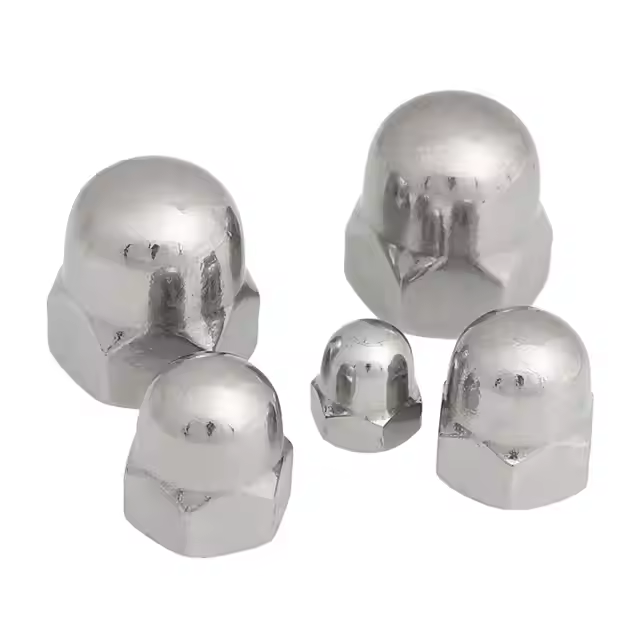
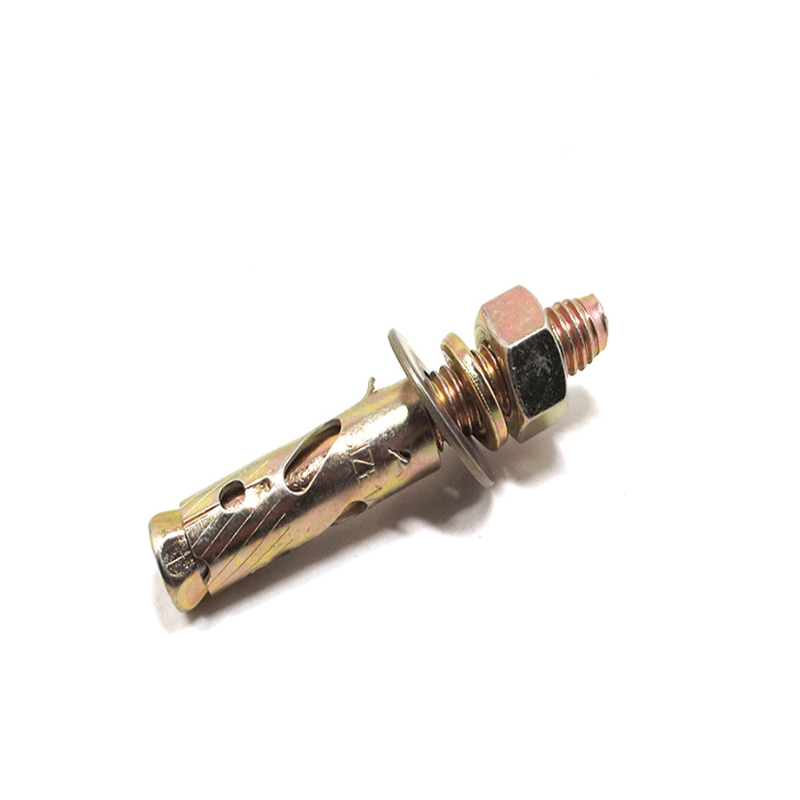
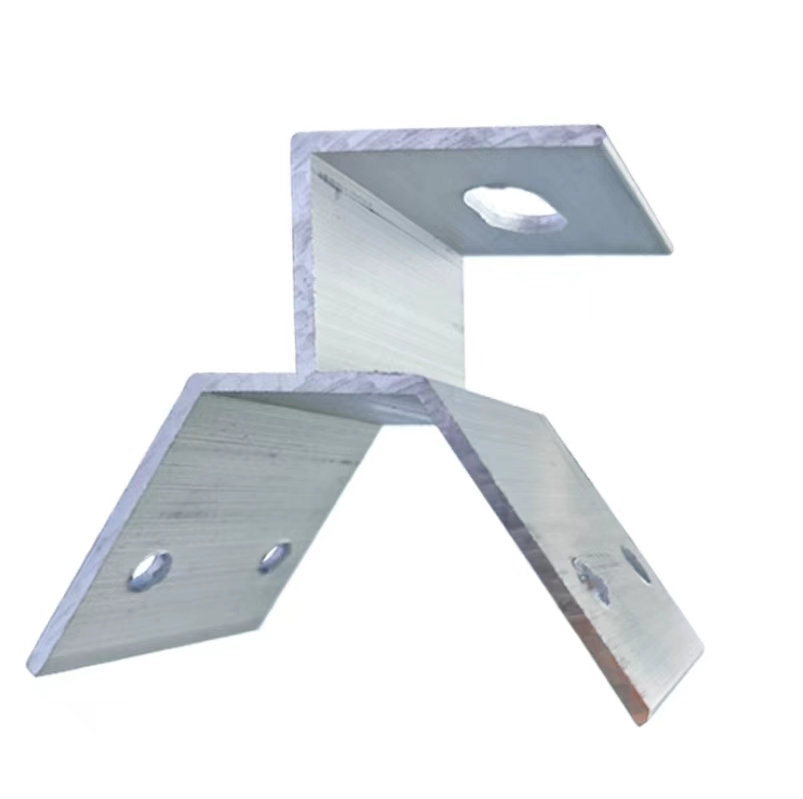

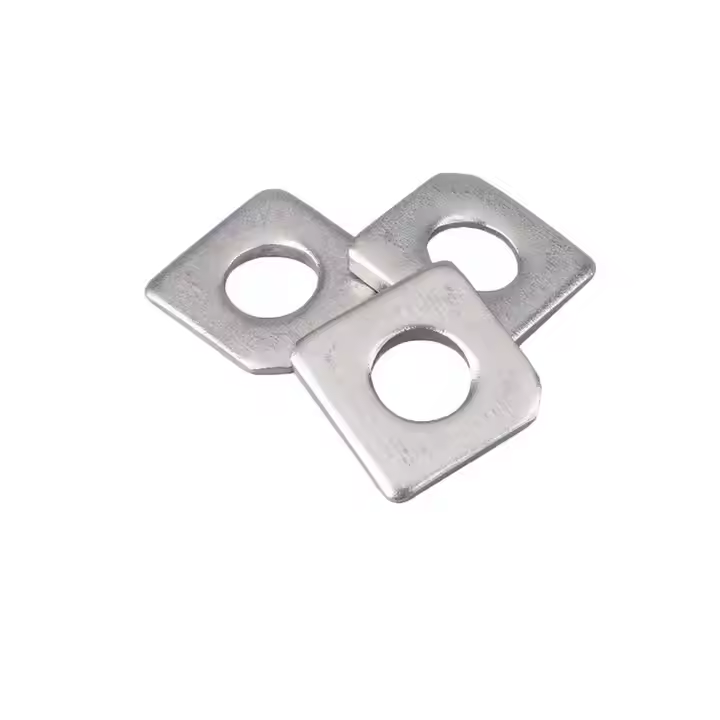
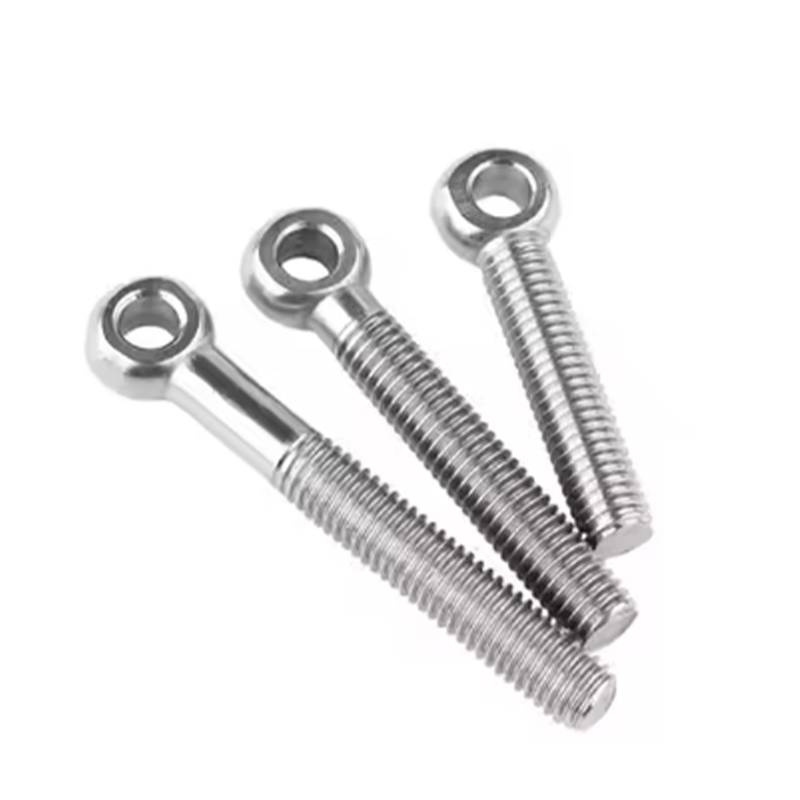

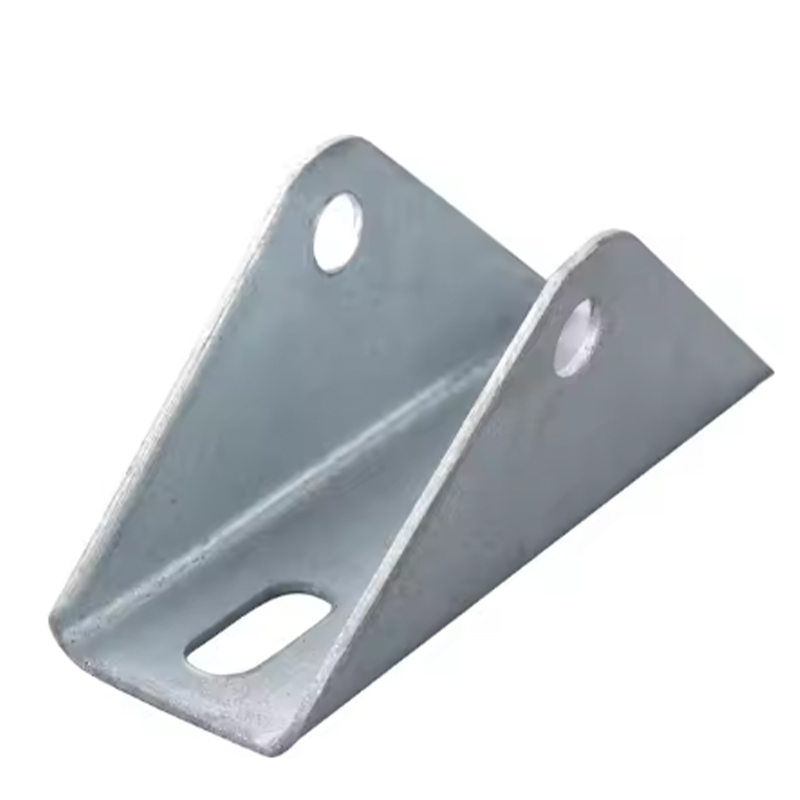
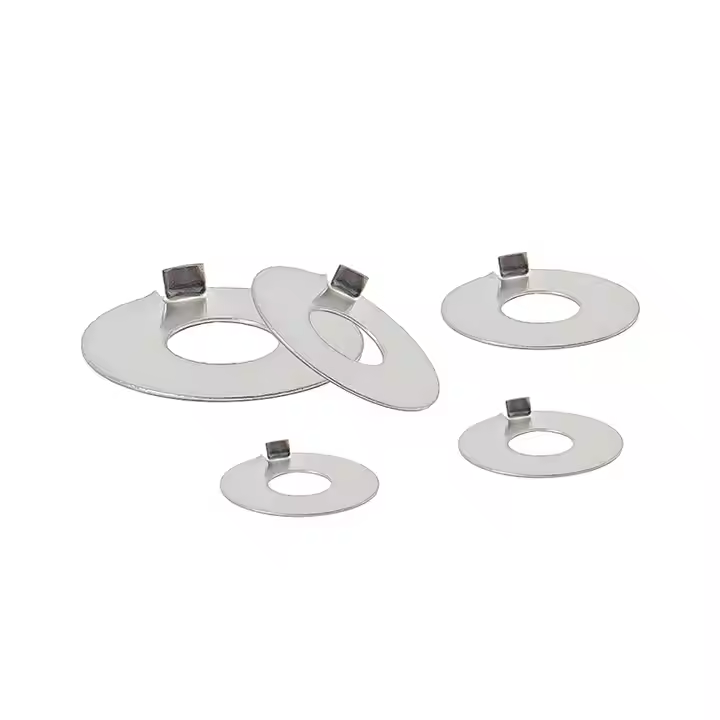
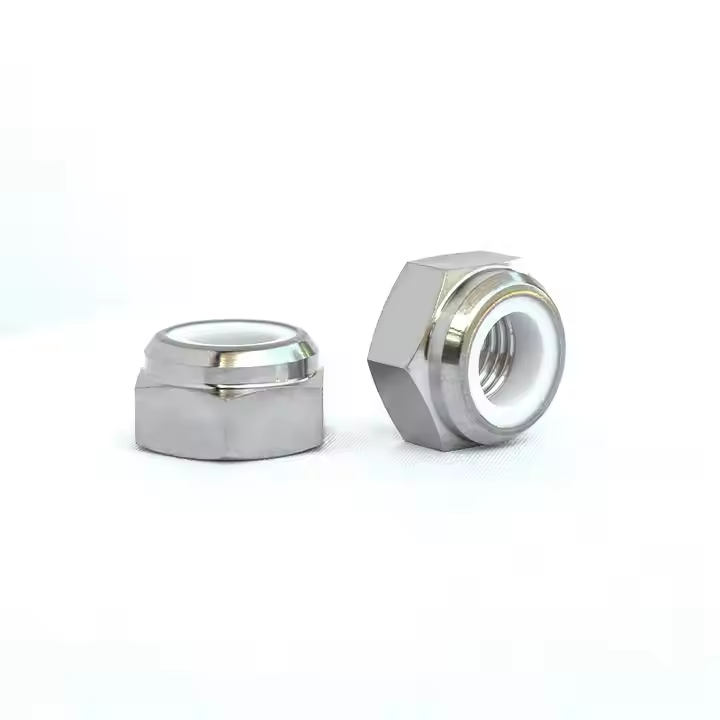
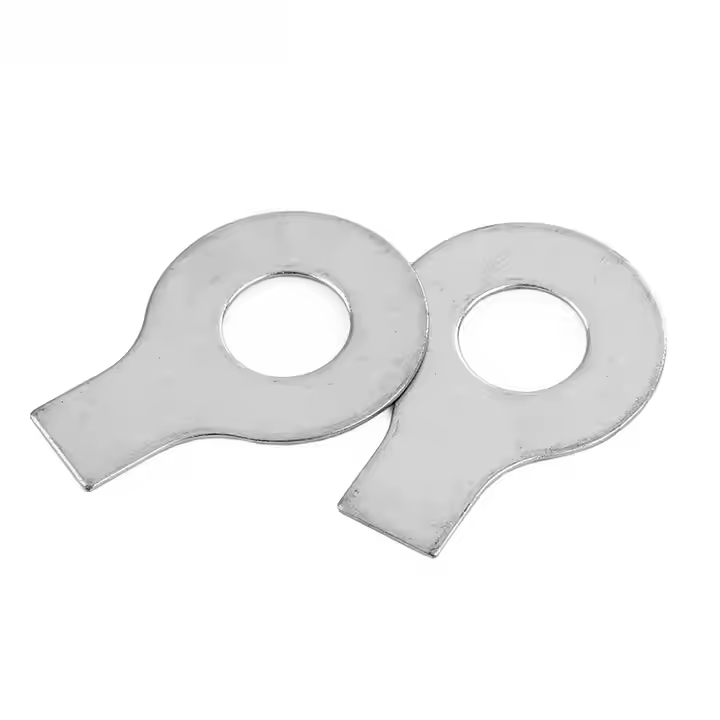

Please enter your email address and we will reply to your email.